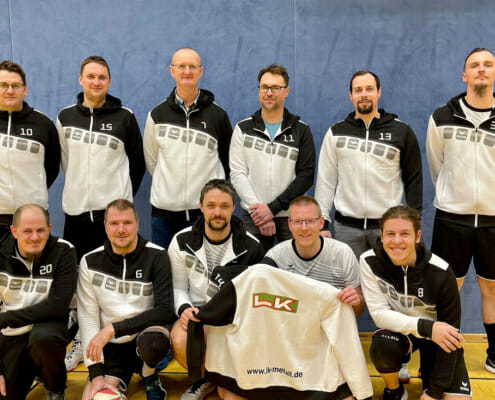
On the hunt for points with LK Metallwaren!
Under the fighting name "The power on the Mulde", the LSG Löbnitz e. V. has been making its contribution to the sporting competition in the region of North Saxony…
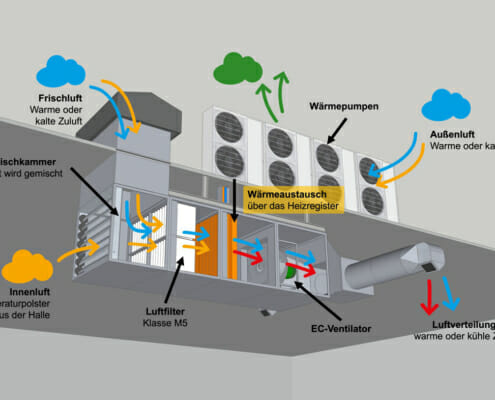
Optimal climate throughout the year
Resource-saving - cost-saving - climate-friendly: With the LK Warm Air Generator GCS, LK Metallwaren has developed a new generation of hall heaters. It guarantees…
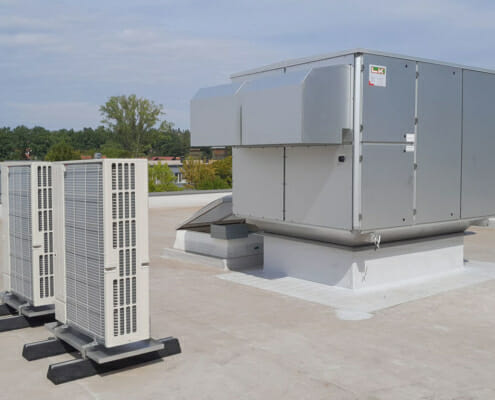
Efficient heating – intelligent ventilation
This year, the Stuttgart LogiMAT will again be held with the participation of the plant manufacturer LK Metallwaren. From April 25-27, 2023, this will bring its…
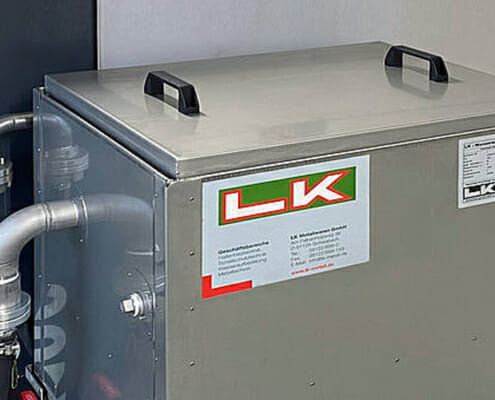
LK separator for deoiling and degreasing in washing processes!
A visit to Brunner Drehtechnik GmbH in Röthenbach an der Pegnitz
Turned parts, especially automatic turned parts, are an integral part of our everyday life.…
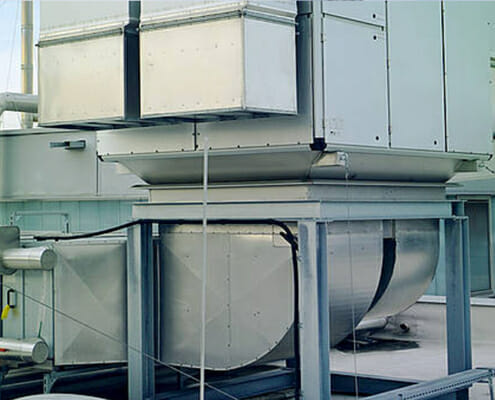
The time is ripe for hybrid hall heating systems!
The Climate Protection Act has been in force since August 2021.
The German government has tightened climate protection targets and enshrined the goal of greenhouse…
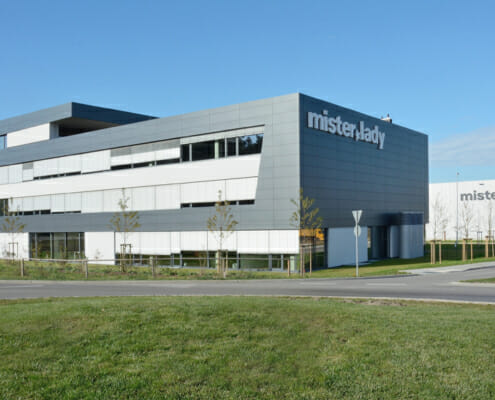
Dust-free feel-good climate without drafts on 4,500 sqm
The German fashion retailer mister*lady relies on energy-efficient heating without dust and drafts. LK Metall installed an innovative heating and ventilation system…
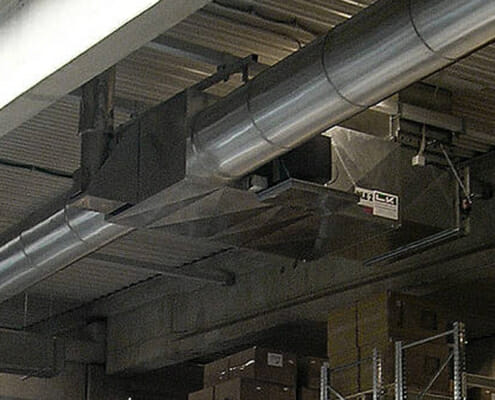
Three different temperature ranges for sensitive goods
Euphoniums, cajons and agogos - all these wonderful musical instruments can be found in Treppendorf in the Steigerwald in the 7,700 square meter logistics halls…
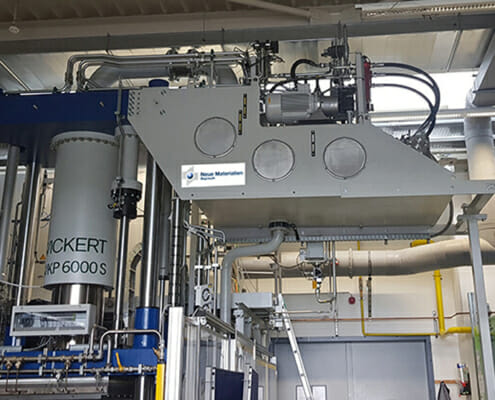
Effective noise protection in a confined space at a height of 3.5 m
Neue Materialien Bayreuth GmbH has commissioned a new 600 t hydraulic press equipped with various temperature control technologies for lightweight components in…
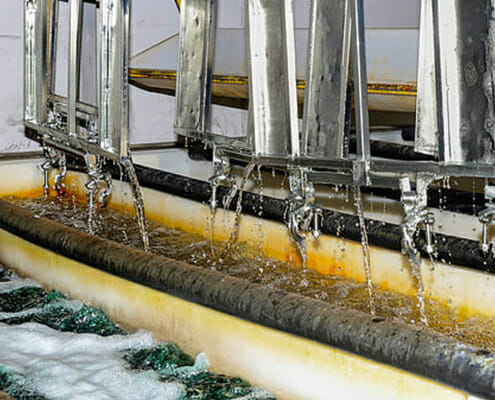
Reduce wastewater loads from degreasing baths
Reducing wastewater pollution from degreasing baths while saving costs in terms of environmental protection is an important issue in electroplating plants.
The…
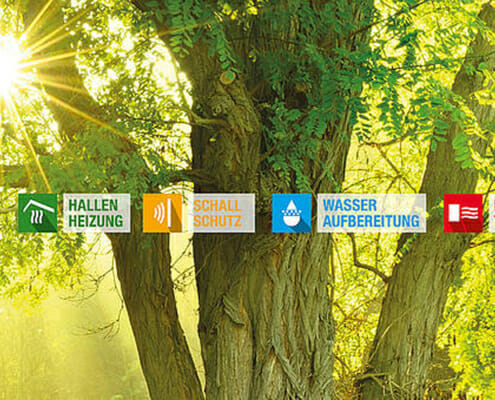
Environmentally friendly industrial plants – for the sake of the climate!
An interview with Harald Wimmer
Even before the 2021 federal election, sustainability and environmental protection were dominant topics in politics, society and…
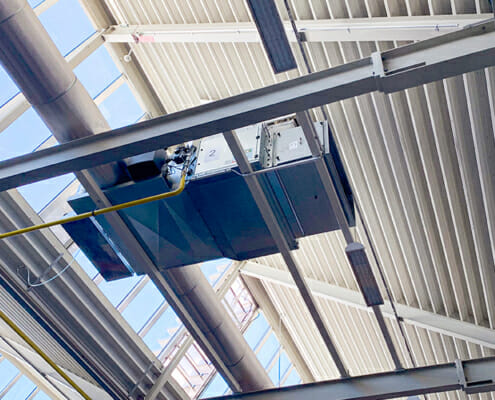
Regulate 32,000 sqm to constant 18 °C hall temperature
The RBW decentralized warm air generators from LK Metall are an efficient and climate-friendly heating solution for large production halls.
In order to heat the…
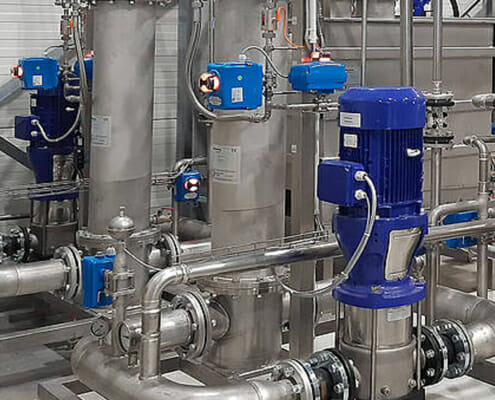
An all-round clean project in the forging industry
LK Metall supplies a 2-stage water treatment plant, overcomes the challenges and lays the foundation for future cooperation. The customer is a leading global supplier…
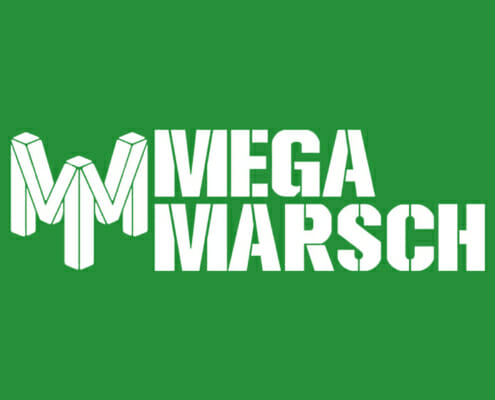
Gerhard Gleixner successful at mega march through Middle Franconia!
Steadfastness and tenacity, but above all the ability to overcome the odd dry spell when it comes to achieving one's own goals on time: This is what distinguishes…
